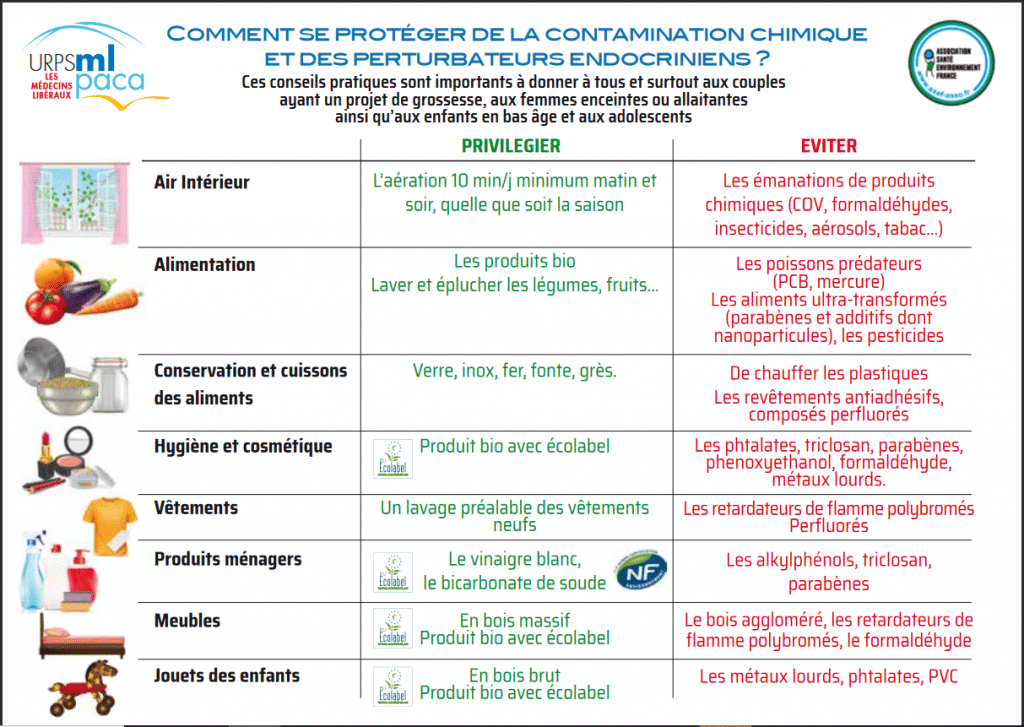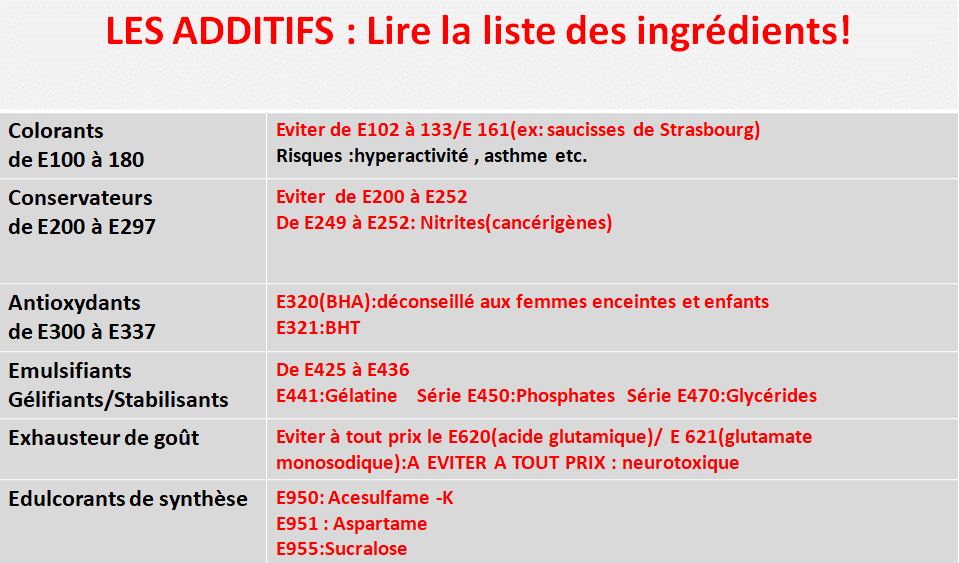[Article updated on 19/09/2023]
Endometriosis is characterized by the presence and proliferation of endometrial tissue outside the endometrial cavity. The clinical manifestations are varied. It usually extends to the pouch of Douglas or the ovaries and can cause ovarian enlargement. It can also involve remote sites (lung-umbilicus). Endometriosis is rarely found after menopause.
In causes :
- Hypertoxic, inflammatory diet;
- Chronic acute inflammation or “chronic fire” (inflammatory diet, hyperpermeable or grossly “sieve” intestine, insulin resistance are generally the inducing factors);
- Oxidative stress (My body has insufficient shields, antioxidants, against aggressors, free radicals. This is a major cause of cellular aging);
- Glycated stress (“I caramelize myself: the cause: insulin resistance);
- “The gynoid morphotype triad, weight gain and hyperestrogenism”;
- Deficient estrogen elimination emunctories (intestine, liver);
- Exposure to endocrine disruptors.
(Subject to new research data)
So many factors involved in endometriosis. We will remember exposure to endocrine disruptors.
Limiting endocrine disruptors means limiting exposure to xenobiotics
A xenobiotic is a substance present in a living organism but which is foreign to it: it is neither produced by the organism itself, nor by its natural diet.
A xenobiotic is a polluting and sometimes toxic chemical molecule inside an organism, including in low or even very low concentrations. Two typical cases of xenobiotics are pesticides and drugs.
Definition
An endocrine (hormonal) disruptor is a substance or mixture of substances, which alters the functions of the endocrine system and thereby induces harmful effects in an intact organism, in its offspring or within (sub)populations
Origin of endocrine disruptors
- Natural origin: hormones, phytoestrogens;
- Environmental (contamination of different environments): water, food, consumer products
- Results of human activities: Objects of everyday consumption, crop treatment products, medicines, cosmetics, etc.

Consequences of endocrine disruptors
Increased estrogens which promotes hyperestrogenism, involved in hormone-dependent pathologies such as endometriosis and gynoid-type weight gain.
Endocrine disruptors (notably pesticides) are one of the causes of porous intestine, in other words hyperpermeable (the tight junctions which act as “sealing seals” between the cells of the wall or mucosa of the small intestine deteriorate). ). This “holey barrier” will allow many intruders (Non-Me) to enter the bloodstream. Gradually, the body, to defend itself, will settle into “chronic fire” or chronic acute inflammation. This “chronic fire” attacks healthy cells (oxidative stress) and represents a causal and aggravating factor in endometriosis.
How to do ?
- Choice of food: organic;
- Dioxin, PCB: limit fatty meats, high-end fish, dairy fat;
- Pesticides: prefer organic whole starchy foods, meat and dairy products, fruits and vegetables (pay attention to seasonality).
- Bisphenols and phthalates: limit or avoid plastic containers. Avoid heating food in a plastic container and favor glass containers. In canned foods: they replaced Bisphenol A with Bisphenol S. *Study : July 2019: study carried out by ENVT ET Toxalim in collaboration with the universities of Montreal and London, shows that BPS (in pigs) persists longer in the body and at much higher concentrations than BPA;
- Heavy metals (Cd, Hg, Pb): cigarette; fish;
- Additives: read labels. Avoid E as much as possible.
Fish species
| Do not consume | Marlin, king mackerel, Pacific bluefin tuna, Norwegian salmon, swordfish |
| Consume only once/month | Yellowfin tuna, skipjack tuna, yellowfin tuna, orange roughy, bluefish, grouper, hake, grenadier, snapper, halibut, Scottish salmon |
| Consume only once/week | Sea bass, anchovies, sardines, horse mackerel |
| Consume only 2 times/week | Herring, spotted mackerel, mullet, cod |
| Consume as desired | Haddock |
Summary table of fish and consumption recommendations in relation to their mercury concentration
Endocrine disruptors

Note: it is better to wash and peel fruits and vegetables if not organic.
Tip: immerse fruits and vegetables in a basin of water mixed with 2 tablespoons of food-grade sodium bicarbonate for 15 minutes
Additives

The water
The gravity filtration system is the essential, economical and ecological investment. To avoid plastic bottles and detoxify tap water from various pollutants: heavy metals, drug residues, herbicide contaminants, pathogenic bacteria and cysts, chlorine, volatile organic compounds, contaminants and emerging pollutants.
For the filter holder it is preferable to choose it in stainless steel.
You have everything to gain by limiting endocrine disruptors for your health and the health of our planet!
